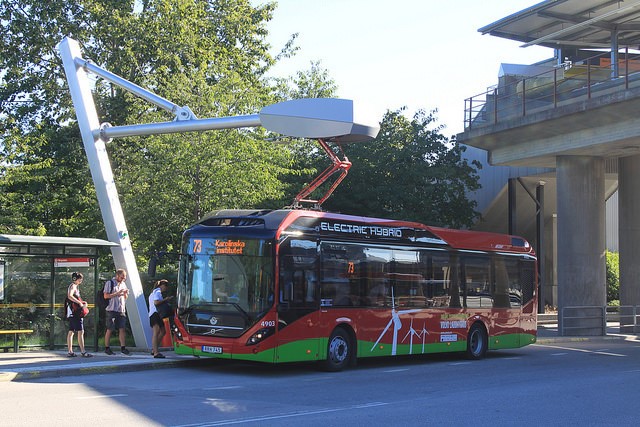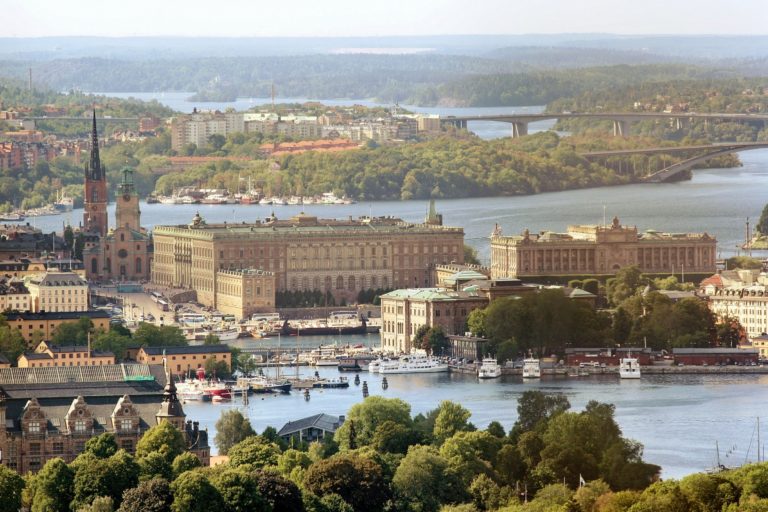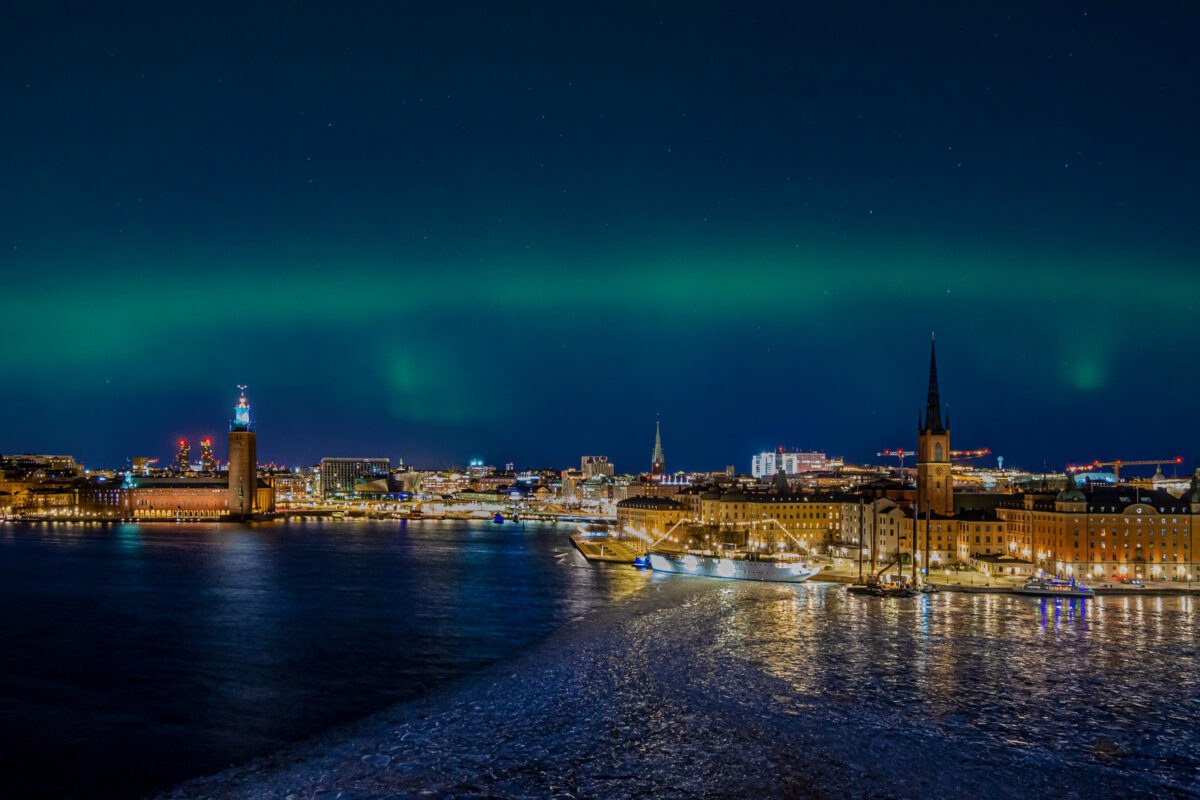Table of Contents
- Introduction
- Current Energy Landscape in Stockholm
- Key Initiatives Driving the Green Transition
- Renewable Energy and Innovations
- Transportation and Mobility
- Sustainable Urban Planning
- Government Policies and Incentives
- Corporate and Community Engagement
- Challenges and Opportunities
- Future Outlook for Stockholm Region
- Conclusion
Introduction
Sweden has been a global leader in environmental sustainability, consistently ranking among the top countries for renewable energy adoption, climate action, and low-carbon policies. In 2025, the Stockholm region exemplifies the nation’s ambitious green transition. With goals to achieve net-zero emissions and accelerate the use of renewable energy, Stockholm is positioning itself as a model for urban sustainability worldwide.
This article explores Sweden’s green transition in the Stockholm region, covering renewable energy, sustainable urban planning, transportation innovations, government policies, corporate initiatives, and the challenges and opportunities associated with moving toward a low-carbon future.

Current Energy Landscape in Stockholm
The Stockholm region relies on a diversified energy mix that combines renewable and conventional sources. Sweden’s electricity grid is largely powered by hydropower, nuclear energy, and wind, with solar energy gaining traction in urban areas.
- Hydropower: Provides approximately 40% of Sweden’s electricity, with Stockholm tapping into regional hydro resources.
- Nuclear Energy: Contributes to reliable base-load power, though there are plans for gradual phase-out in favor of renewables.
- Wind and Solar: Expanding rapidly, with offshore wind farms and rooftop solar installations in Stockholm.
Understanding the energy landscape is crucial for planning infrastructure upgrades and reducing carbon emissions in line with Sweden’s climate goals. For detailed statistics, refer to Svenska Kraftnät.
Key Initiatives Driving the Green Transition
Stockholm has implemented a variety of initiatives to accelerate the low-carbon transition:
- Fossil-Free Public Sector: The city aims for all municipal operations to be fossil-free by 2030.
- Energy-Efficient Buildings: Incentives for retrofitting existing buildings with energy-saving technology.
- Smart Grids and Digitalization: Investments in smart grids improve energy efficiency and integrate renewable sources.
These initiatives highlight the region’s commitment to sustainability. For more case studies on green projects, visit Stockholm City Sustainability.
Renewable Energy and Innovations
Stockholm is focusing heavily on renewable energy to reduce carbon emissions:
- Solar Power: Urban rooftops, public buildings, and solar parks are increasingly being equipped with photovoltaic systems.
- Wind Energy: Both onshore and offshore wind farms contribute to the energy mix, with investments in storage solutions to manage variability.
- Bioenergy: Waste-to-energy plants convert municipal waste into electricity and heat, reducing landfill dependence.
- Research & Innovation: Stockholm hosts cleantech startups and innovation hubs, such as Stockholm Cleantech, driving sustainable solutions.
Transportation and Mobility
Transportation is a key area for carbon reduction. Stockholm has introduced policies and innovations to promote green mobility:
- Electrification: Expansion of electric vehicle (EV) charging stations and adoption of EVs in public transport fleets.
- Public Transport: Metro, buses, and trams powered by renewable energy reduce emissions.
- Cycling and Walking: Investments in bike lanes and pedestrian zones encourage sustainable commuting.
- Shared Mobility: Car-sharing, bike-sharing, and e-scooter programs reduce private car usage.
For updates on sustainable transport solutions, see Vinnova Transport Innovations.
Sustainable Urban Planning
Stockholm’s urban planning integrates sustainability at every level:
- Green Buildings: Mandatory energy efficiency standards and LEED/BREEAM certifications for new constructions.
- District Heating: Stockholm’s district heating network uses renewable energy sources for efficient heating.
- Eco-Districts: Neighborhoods like Hammarby Sjöstad are models for circular economy, energy efficiency, and integrated waste management.

Government Policies and Incentives
Sweden’s national and regional policies provide strong support for the green transition:
- Carbon Tax: One of the highest in Europe, incentivizing low-carbon solutions.
- Subsidies and Grants: For renewable energy projects, EV adoption, and energy-efficient construction.
- Long-Term Climate Strategy: Sweden targets net-zero emissions by 2045, with Stockholm leading implementation.
Government incentives make it attractive for businesses and residents to adopt sustainable practices.
Corporate and Community Engagement
Corporate and community action is critical for a successful green transition:
- Corporate Sustainability: Large companies like Ericsson and ABB invest in low-carbon operations.
- Startup Innovation: Cleantech startups develop solutions in renewable energy, waste management, and sustainable mobility.
- Community Programs: Local residents participate in recycling, energy-saving campaigns, and urban gardening projects.
Challenges and Opportunities
Despite progress, Stockholm faces challenges in the green transition:
- High Initial Costs: Renewable energy infrastructure and retrofitting are expensive.
- Grid Integration: Balancing intermittent renewable sources with stable energy supply is complex.
- Behavioral Change: Encouraging residents to adopt sustainable lifestyles takes time and education.
However, opportunities include technology export, cleantech entrepreneurship, and global leadership in sustainable urban planning.
Future Outlook for Stockholm Region
The Stockholm region is expected to continue leading in sustainability:
- Carbon Neutral Goals: Continued investments in renewable energy, electrification, and circular economy.
- Innovation Ecosystem: Expansion of cleantech hubs and research centers.
- Global Leadership: Stockholm’s practices serve as models for other European cities.
Stockholm’s trajectory demonstrates that ambitious climate goals can align with economic growth and urban livability.
Sweden’s green transition in the Stockholm region is a holistic effort combining renewable energy, sustainable transport, eco-friendly urban planning, and active policy incentives. While challenges remain, the city is making significant progress toward a low-carbon future. With the collaboration of government, businesses, and communities, Stockholm is a shining example of how regions can tackle climate change while maintaining economic vitality and quality of life.
For more insights on sustainable development in Stockholm, visit Stockholm Climate Initiatives.
